Best Practices Articles

From Analog to Cloud: How Telco Distribution Transformed Channel Sales
Over the past two decades, the telecommunications industry has experienced a seismic transformation. Organizations abandoned analog systems anchored in physical infrastructure and embraced cloud-based ecosystems powered by software. This shift profoundly altered channel sales strategies, redefining service distribution, partner engagement, and customer support. While hardware-focused models dominated the past, today’s environment relies on dynamic networks integrating telecommunications providers, cloud vendors, and trusted advisors. The rise of Unified Communications as a Service (UCaaS), Software as a Service (SaaS), and cloud-native platforms has enabled faster, more efficient routes to market.
Global events such as 9/11 and the COVID-19 pandemic hastened this transition. These disruptions exposed the limitations of on-premise systems and underscored the critical need for operational resilience. Companies accelerated cloud adoption and implemented digital tools to remain agile. Channel sales strategies quickly adapted to align with these digital transformation demands. As the appetite for scalable, flexible solutions grew, businesses shifted from capital expenditure (CapEx) to operational expenditure (OpEx) models. This pivot ushered in a new era for channel sales.
Grasping the full scope of this transition—from legacy infrastructure to cloud-driven ecosystems—empowers businesses to adapt and succeed in a constantly evolving market. This article examines five critical developments that reveal how channel sales became central to enabling this transformation and explores how channel ecosystems continue to develop in the face of rising technological complexity and competitive pressure.
1. VoIP Replaces Analog Systems
Initially, companies built communications infrastructure using analog, premise-based systems. They purchased PBX hardware, managed it in-house, and incurred considerable CapEx. These analog setups offered limited scalability, and channel sales focused primarily on pushing high-volume hardware through telecom resellers and local integrators.
VoIP changed the game by enabling voice communication over the internet. It broke the reliance on copper lines and made cloud-based deployments practical. As a result, channel sales pivoted to services. Distributors and resellers began championing VoIP and early UCaaS platforms. They recognized the long-term value of recurring revenue over one-time hardware sales.
This shift opened the door to cloud communications. Telecom distributors expanded their offerings, integrating software-based services and moving away from hardware. Resellers now sell subscription-based solutions tailored for organizations seeking scalable, cost-effective alternatives. This evolution signaled the beginning of a fundamental redefinition of channel sales strategies.

As VoIP matured, businesses expected call functionality and integrated collaboration tools. Providers added instant messaging, video conferencing, and document-sharing capabilities. The demand for a unified experience drove further innovation, and the UCaaS model emerged as the standard for business communication.
2. TSDs Reshape the Channel Sales Landscape
As cloud communications gained traction, Technology Solutions Distributors (TSDs) emerged as pivotal players. Unlike traditional distributors focused on inventory logistics, TSDs provided procurement and advisory services that connected telecom and SaaS suppliers with trusted advisors and end customers. This new model overhauled how channel sales functioned.
TSDs aggregated services from numerous providers, enabling suppliers to cut fixed costs by moving to variable-cost sales models. These models compensated based on performance rather than inflating overhead through large in-house teams. Suppliers scaled more effectively, and channel sales became more agile.
Trusted advisors began relying on TSDs to navigate complex service ecosystems. They bundled tailored solutions for clients, shifting channel sales from transactional selling to a consultative, value-driven process. The TSD framework prioritized deep technical knowledge, responsiveness, and contextual understanding, transforming channel engagement from product-centric to customer-centric.
Additionally, TSDs improved the onboarding experience. With centralized tools, training, and billing platforms, TSDs helped partners manage client relationships more efficiently. They also enabled performance tracking, allowing suppliers and advisors to refine go-to-market strategies using data-driven insights.
3. Global Events Accelerate Adoption
Major world events like 9/11 and the COVID-19 pandemic dramatically accelerated infrastructure and sales transformations. In the wake of 9/11, organizations realized the vulnerability of on-premise systems. They sought out cloud-hosted alternatives that offered greater resilience, laying a foundation for the SaaS model to flourish.
COVID-19 forced entire workforces into remote environments. Businesses scrambled to adapt. UCaaS, cloud-based contact centers, and digital collaboration tools became essential. Channel sales teams played a pivotal role in enabling these transitions. They provided the solutions, training, and support needed to maintain business operations amid widespread disruption.
The pandemic also highlighted flaws in hardware-reliant models. Supply chains were strained, and physical deployments lagged. In contrast, SaaS offerings delivered immediate scalability and resilience. Channel sales organizations that already emphasized digital-first services capitalized on this demand. TSDs led the way by offering comprehensive onboarding, licensing, and support packages that met urgent client needs.
These global crises emphasized the strategic importance of channel sales. What had once been seen as a secondary route to market became the primary driver of business continuity and digital resilience. Suppliers that strengthened their partner ecosystems emerged more competitive and adaptive during these periods.

4. IT and Telco Channels Converge
Previously, telecommunications and IT operated in separate domains. Telecoms focused on voice and connectivity, while IT teams managed data and computing infrastructure. The emergence of integrated cloud platforms blurred these lines, leading to a convergence of channels.
This merging expanded the scope of channel sales. Providers began offering bundled packages that included UCaaS, CCaaS, cybersecurity and managed IT services. TSDs and Managed Service Providers (MSPs) began operating in overlapping territories, striving to provide holistic digital solutions.
Channel partners had to evolve. They needed broader expertise spanning voice systems, cloud platforms, and cybersecurity. Distributors that supported this convergence by offering unified service platforms and enablement programs gained a clear advantage. The traditional Value-Added Reseller (VAR) model gave way to more flexible, cloud-driven partner ecosystems that delivered comprehensive technology solutions.
Moreover, the convergence expanded the types of buyers in the ecosystem. No longer were telecom and IT decisions siloed within distinct departments. Today, CIOs, CISOs, and line-of-business leaders all influence technology purchases. Channel partners who understand these diverse perspectives and align solutions to business outcomes gain a competitive edge.
5. The Digital Future of Channel Sales
Channel sales now underpin digital transformation efforts across industries. As AI, automation, and data analytics gain prominence, businesses expect more than technical products—they demand transformative outcomes.
AI has already revolutionized customer service. In contact centers, intelligent virtual assistants streamline interactions and resolve issues faster. Channel partners must deliver solutions that enhance both operational performance and customer experiences.
Security and compliance concerns continue to shape buying behavior. Organizations must meet a growing array of industry and regional regulations. Trusted advisors help clients navigate this complexity, making them essential to long-term digital strategies.
Looking ahead, bundled services, subscription-based models, and outcome-focused pricing will define channel sales. Providers collaborating with TSDs and MSPs to co-create tailored solutions will lead the market. This consultative, partnership-driven approach will replace one-size-fits-all sales methods.
Channel sales now involve building adaptive ecosystems rich in knowledge, innovation, and agility. This structure allows businesses to thrive in environments that demand resilience, compliance, and rapid innovation. Furthermore, marketplaces and self-service platforms will enhance partner autonomy while data analytics enables hyper-personalized offerings for end customers.
Conclusion
Telecommunications evolved from analog hardware systems to versatile, cloud-based platforms. This transformation redefined infrastructure and revolutionized channel sales. Through TSDs, SaaS innovations, and IT-telco convergence, the industry replaced transactional models with strategic engagements.
Channel partners now serve as advisors guiding companies through digital transitions. These partners anticipate market shifts and respond with flexible, relevant solutions. Disruptive events continue to test their capacity for agility, but the best-prepared organizations embrace this challenge.
To succeed, businesses must invest in flexible partner ecosystems, develop comprehensive service portfolios, and implement robust enablement frameworks. The channel sales model will emphasize tailored outcomes, superior customer experiences, and long-term value.
Today’s channel sales strategies dictate how companies adopt emerging technologies, maintain security, and scale operations. Those who recognize and embrace this evolution will unlock sustained growth in a digital-first economy.
Best Practices Guidebook
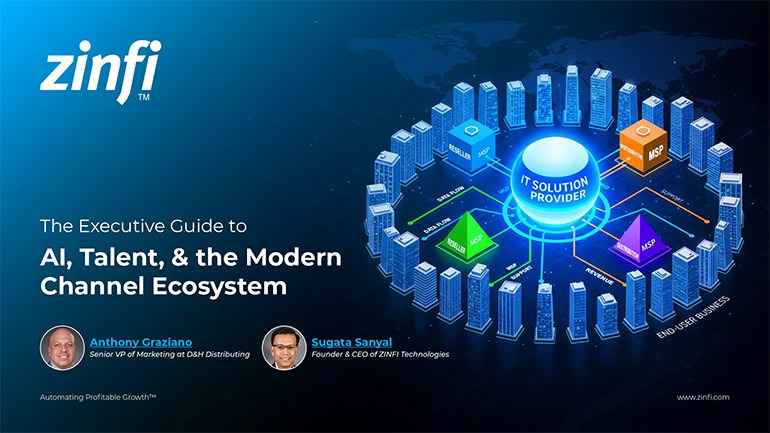 Modernizing Channel Marketing: AI and Ecosystem Enablement Best Practices
Modernizing Channel Marketing: AI and Ecosystem Enablement Best PracticesDownload for FREE
 The Channel’s Shift to Partner-Led With AI Best Practices
The Channel’s Shift to Partner-Led With AI Best PracticesDownload for FREE
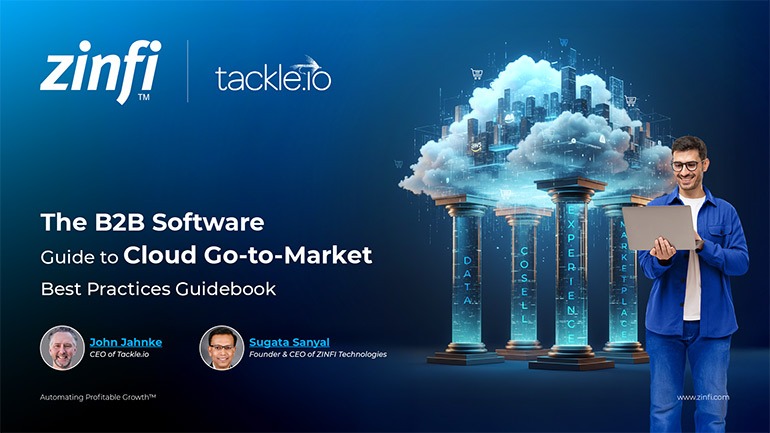 Hyperscalers, ISVs, and AI: Shaping the Future of B2B Software Distribution
Hyperscalers, ISVs, and AI: Shaping the Future of B2B Software DistributionDownload for FREE
 Definitive Guide to a Partner Ecosystem-First Sales Strategy
Definitive Guide to a Partner Ecosystem-First Sales StrategyDownload for FREE
 The Partner-Led Digital and AI Transformation Best Practices
The Partner-Led Digital and AI Transformation Best PracticesDownload for FREE
 Startup Talent Recruitment: Hiring Missionaries, Not Mercenaries
Startup Talent Recruitment: Hiring Missionaries, Not MercenariesDownload for FREE
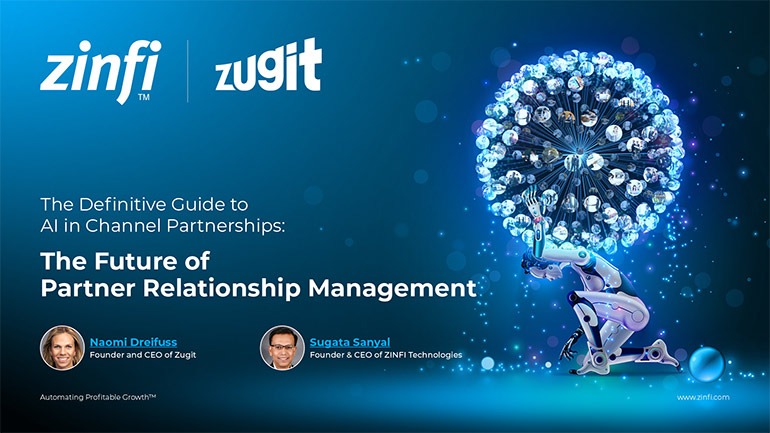 The Future of Partner Relationship Management with AI in Partnerships
The Future of Partner Relationship Management with AI in PartnershipsDownload for FREE
 Cybersecurity for the 99%: Strategies from the Frontline
Cybersecurity for the 99%: Strategies from the FrontlineDownload for FREE
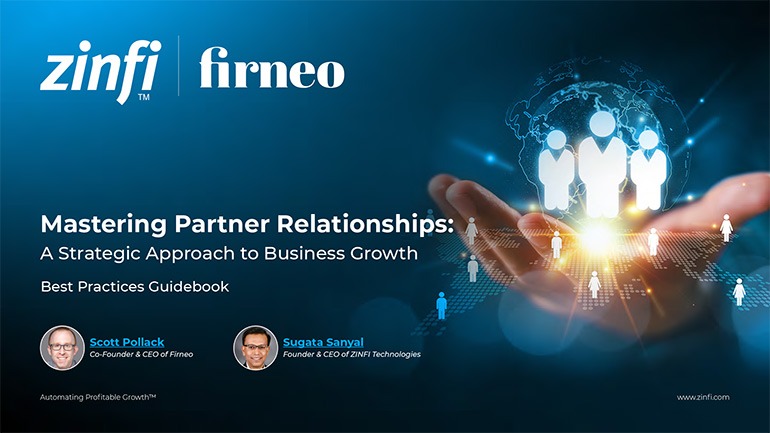 Mastering Partner Relationships: A Strategic Approach to Business Growth
Mastering Partner Relationships: A Strategic Approach to Business GrowthDownload for FREE
 Mastering Partner Relationship Management: Keys to SaaS Channel Success
Mastering Partner Relationship Management: Keys to SaaS Channel SuccessDownload for FREE
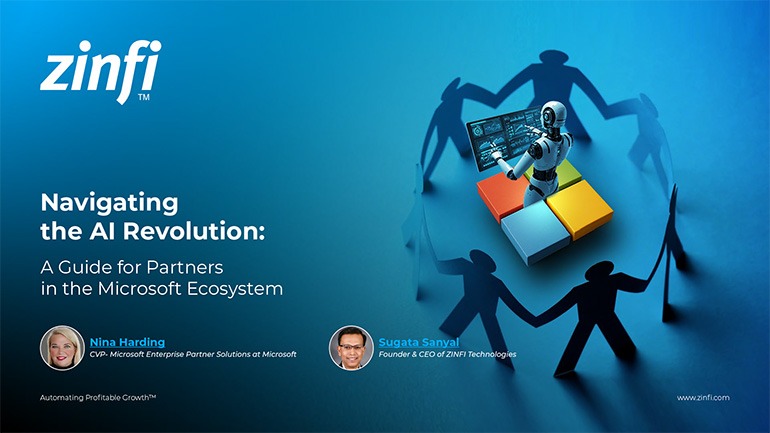 Navigating the AI Revolution: Guide for Partners in the Microsoft Ecosystem
Navigating the AI Revolution: Guide for Partners in the Microsoft EcosystemDownload for FREE
 Mastering the Modern Buyers Journey: Sales Leader’s Guide to AI & Engagement
Mastering the Modern Buyers Journey: Sales Leader’s Guide to AI & EngagementDownload for FREE










